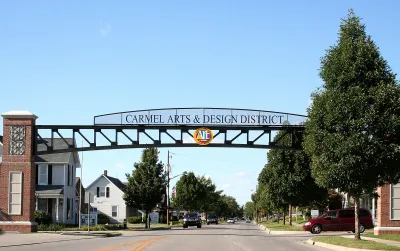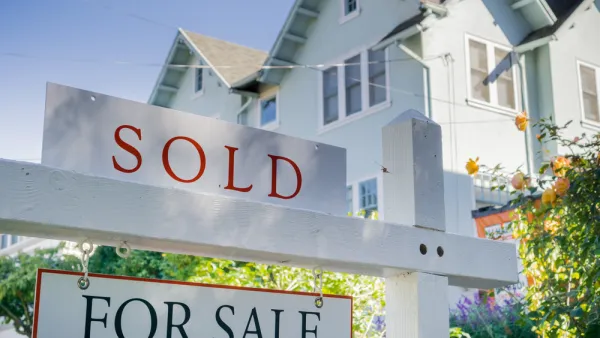Cities with populations between 25,000 and 100,000 continue to see an influx of migrants lured by lower costs of living and high quality-of-life metrics.

According to an article by Zoe Manzanetti, a new report quantifies the factors behind the urban exodus that began before 2020 and was accelerated by the pandemic. The report compared key social and economic factors in small cities—those with populations between 25,000 and 100,000—around the country and measured how they score on a variety of metrics that include cost of living, commute time, crime rates, and urban amenities.
Manzanetti quotes Jerry Anthony, an associate professor at the University of Iowa, on the benefits of small cities:
"Usually lower-cost housing, a better sense of community and connectedness to events and activities in the community, more opportunities to make a tangible difference through civic engagement, a greater sense of fulfillment and life satisfaction [and…] much less time spent commuting or traveling within the city."
The article details the scores of the cities in the top and bottom percentiles of the study on measures such as affordability, economic health, and safety.
Small cities have experienced steady growth as new flexibility offered by remote work, coupled with a desire to escape the confines of crowded urban areas during the pandemic and the spike in housing costs in major cities, have pushed many Americans to move out of metropolitan areas altogether and embrace the opportunities presented by smaller towns. This, in turn, has led to a rise in home prices and a phenomenon known as rural gentrification that, like its urban counterpart, threatens to displace long-term residents by pricing them out of the local housing market.
FULL STORY: The Migration to Smaller Cities Will Continue Post-Pandemic

Analysis: Cybertruck Fatality Rate Far Exceeds That of Ford Pinto
The Tesla Cybertruck was recalled seven times last year.

National Parks Layoffs Will Cause Communities to Lose Billions
Thousands of essential park workers were laid off this week, just before the busy spring break season.

Retro-silient?: America’s First “Eco-burb,” The Woodlands Turns 50
A master-planned community north of Houston offers lessons on green infrastructure and resilient design, but falls short of its founder’s lofty affordability and walkability goals.

Test News Post 1
This is a summary

Analysis: Cybertruck Fatality Rate Far Exceeds That of Ford Pinto
The Tesla Cybertruck was recalled seven times last year.

Test News Headline 46
Test for the image on the front page.
Urban Design for Planners 1: Software Tools
This six-course series explores essential urban design concepts using open source software and equips planners with the tools they need to participate fully in the urban design process.
Planning for Universal Design
Learn the tools for implementing Universal Design in planning regulations.
EMC Planning Group, Inc.
Planetizen
Planetizen
Mpact (formerly Rail~Volution)
Great Falls Development Authority, Inc.
HUDs Office of Policy Development and Research
NYU Wagner Graduate School of Public Service




























